World Heritage Sites
Sinharaja National Park
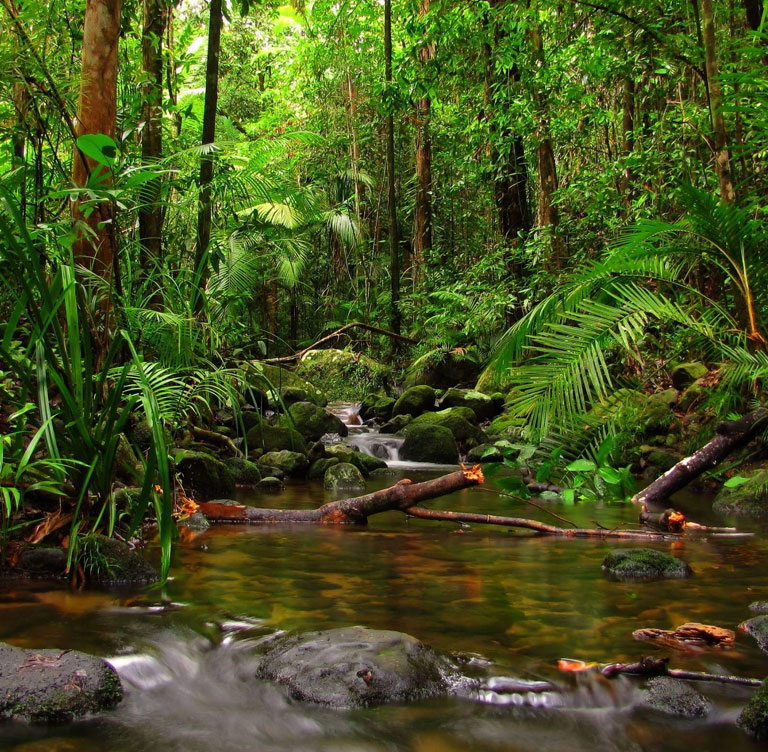
Sinharaja National Park/Rainforest, a popular eco-tourism destination and UNESCO World Heritage Site. It is one of the last remaining virgin forests of the world and is a treasure trove of fauna and flora. Over 130 bird species call it home 33 of which are endemic to Sri Lanka. It is also home to the Purple Faced Langur Monkey and the Giant Squirrel as well as many reptiles and insects. It is best explored on foot in order to enjoy an authentic jungle experience.
Horton Plains
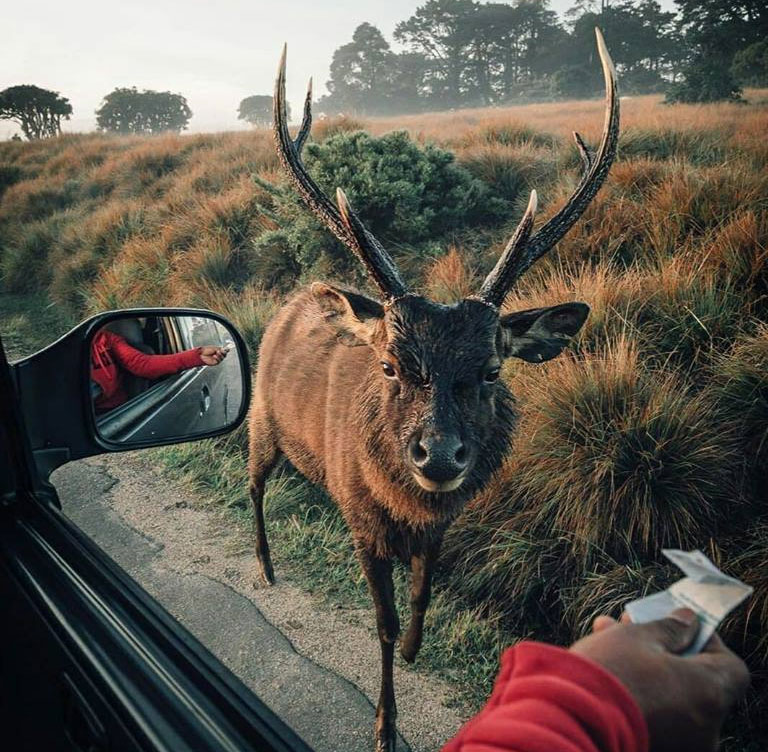
32 km from Nuwara Eliya and at 2300 meters elevation, Horton Plains is the source of 3 of Sri Lanka’s main rivers, Mahaweli, Kelani and Walawe. Rich in bio-diversity many endemic species are found here. It is an ideal destination for those interested in Fauna and Flora. The Horton Plains plateau ends with a sheer drop of 880 meters at World’s End. The walking trail is about 9km round trip the highlight of which is the scenic Bakers Fall.
Anuradhpura
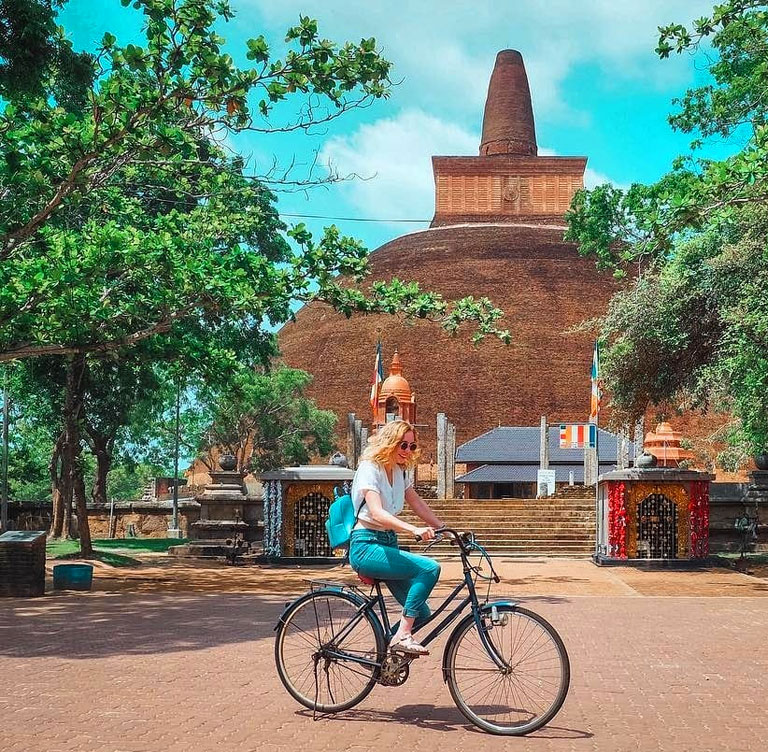
Famous for its well-preserved ruins of ancient Sinhala Civilization originating around the 5th century BC, was Sri Lanka’s first ancient kingdom and capital. Declared as a World Heritage Site by UNESCO, it is situated about 200 km north of Colombo on the banks of the historic Malvathu river and is one of the oldest continuously inhabited cities of the world. Anuradhapura is sacred to the Buddhist world and is full of ancient monasteries, sacred stupas, ruins of temples and palaces, and a network of stunning irrigation lakes and reservoirs. It is considered Sri Lanka’s most important ancient city
Polonnaruwa
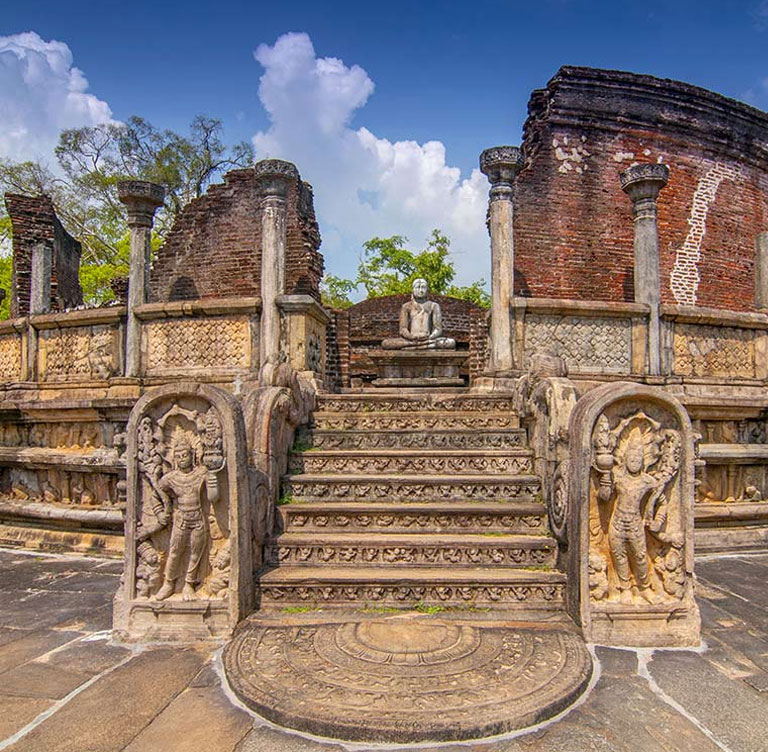
Polonnaruwa is the home of some incredibly well-preserved ruins dating back to around 990 AD. Located on the banks of the Parakrama Samudraya you can see the ruins of the Royal Palace, the Audience Hall, the Swimming Pool, the Quadrangle with its 4 entrances and 4 Buddha Statues, the Shiva Devale, the Rankot Vihara, and Gal Vihara which has 4 Separate Buddha statues cut from a single long slab of granite.
Sigiriya
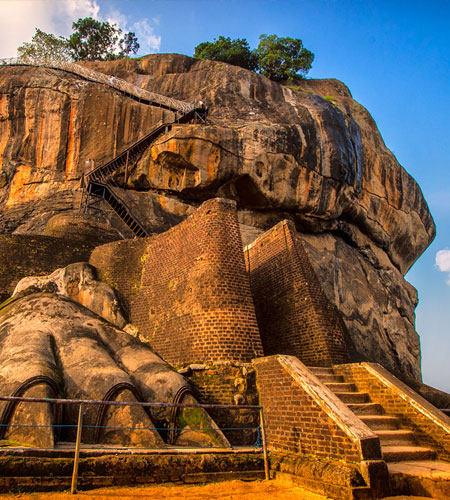
Sigiriya is an ancient rock fortress originally used by Buddhist monks as a monastery but later used as a fortress. Built on top of a granite rock 200 meters high, it is said to be built in the 5th century by King Kashyapa, and is adorned by many colourful rock paintings or frescoes of beautiful women which gives rise to speculation that it was once a pleasure palace of the king. Surrounded by a network of pools and gardens set in the middle of a jungle its irrigation systems are considered an engineering marvel. Another World Heritage site, it is one of the most popular tourist attractions of Sri Lanka.
Dambulla
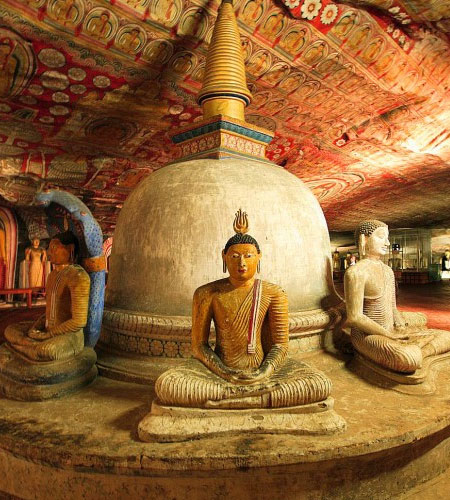
Dambulla, another UNESCO World Heritage site is situated in the North Central Province of Sri Lanka, 150 km North East of Colombo and forms part of the Cultural Triangle. Famous for its Cave Temple Complex of 5 Caves, it is 22 centuries old, and a sacred Buddhist pilgrimage site. Known as the Golden Temple of Dambulla, it has many colourful Buddhist mural paintings and 150 statues which will strike the observer with awe by its sheer magnificence.
Kandy
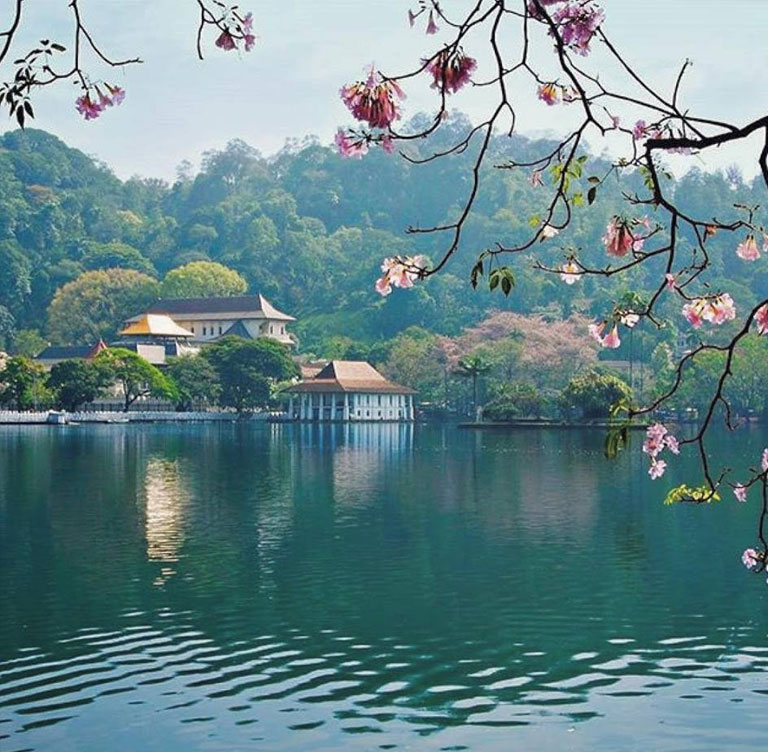
Set on a plateau surrounded by mountains at an elevation of 1500 feet, Kandy is Sri Lanka’s second largest city. The Bogambara Lake is at the heart of the city and is a popular walking site for visitors and residents. Another UNESCO Heritage Site, Kandy is home to Tea plantations and bio-diverse rain forests as well as the Dalada Maligawa/Temple of the Tooth, a sacred pilgrimage site for Buddhists. The Esala Perahera held in July/August is known as the Festival of the Tooth and is a grand pageant to pay homage to the Sacred Tooth Relic.
Galle
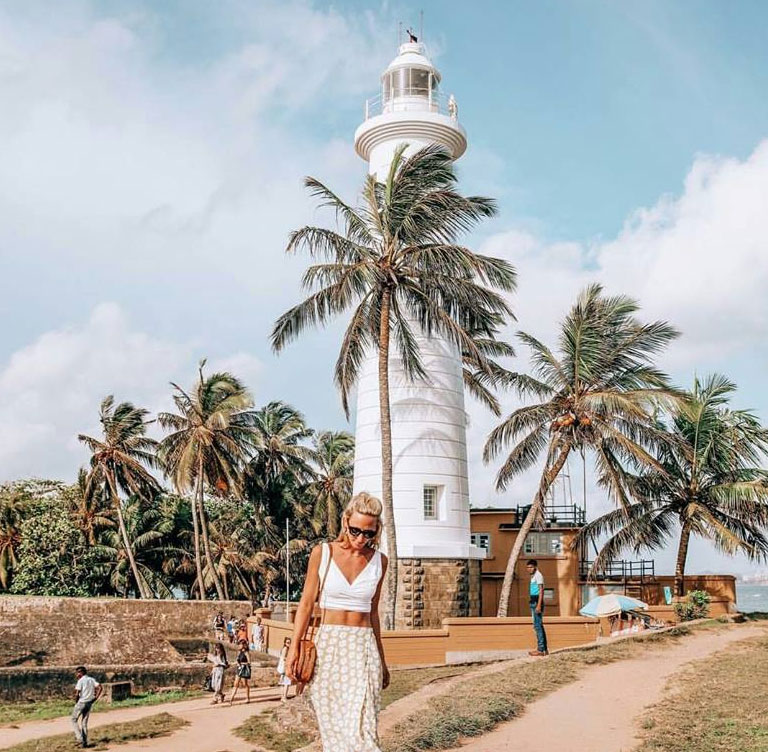
113 km south of Colombo lies Galle, a mesmerizing city with remnants of cultures and architecture from 3 colonial occupiers over 4 centuries, the Portuguese, Dutch and English. Due to its rich cultural significance it has been declared a UNESCO World Heritage site. The Galle Fort built by the Portuguese in 1588 is an impressive edifice which has stood the test of time. Though suffering damage by the 2004 Tsunami, it has been restored back to its past glory. The ramparts are thick enough to stroll on to check out the lighthouse, the old prison, the clocktower and the Cricket Stadium. Another colonial attraction is the Dutch Reformed Church standing proud in all its glory and definitely worth spending a half hour on. The Lighthouse, Dutch Hospital and the Maritime Museum are other interesting sites to visit.
